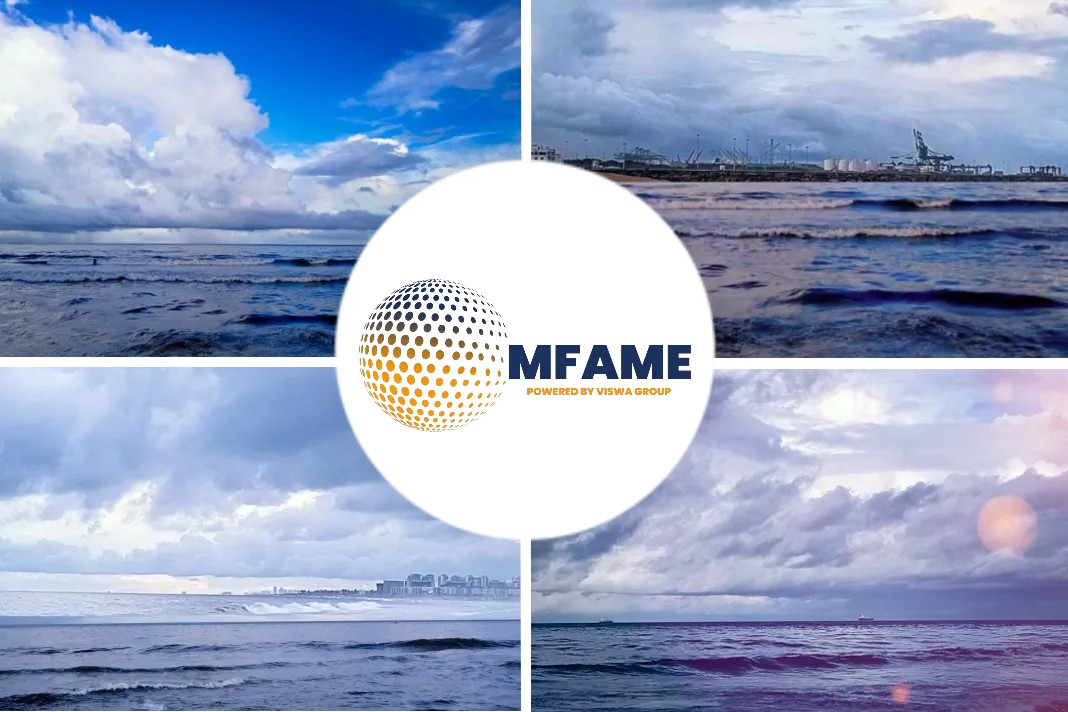According to Shipping analyst Poten & Partners the impending 2020 sulphur cap is driving tanker charter rates as owners are forced to use MGO, reports Ship Insight.
Freight Rates Driven by Non-Scrubbers Ship
In its weekly analysis, Poten says because only a small percentage of ships will have scrubbers by the start of the year, the freight rates will, at least initially, be driven by ships without scrubbers, burning more expensive low-sulphur fuel.
HFO MGO Freight Rates Compared
To examine the impact of the more expensive fuel, Poten compared the freight rates (in $/tonne) using the average HFO (Heavy Fuel Oil) and MGO (Marine Gas Oil) prices in 2019 with freight rates calculated using the average prices of MGO and Very Low Sulphur Fuel Oil (VLSFO) using the 2020 forward prices.
Vessels Fuel Type & Routes Followed
As an illustration of the impact, it ran the analysis for the benchmark routes for various vessel classes. For VLCCs it used TD3c (AG-Far East); for Suezmax tankers TD20 (West Africa-NW Europe) and for Aframaxes TD9 (Caribbean – USG). It used TC1 (AG-Far East) for large clean tankers and TC2 (NW Europe to the US East Coast) for MRs.
Increased Fuel Cost Reflect on Rates
Poten believe that the increased fuel costs will be reflected in the freight costs paid by the charterer. The Time Charter Equivalent (TCE) revenue generated by owners will be similar to what it would have been without the IMO change, assuming that TCE rates are set by the supply / demand balance of ships. As a baseline for the calculations it used the average TCE rates of 2019 YTD for each of these routes.
The average price of HFO in 2019 in Rotterdam was $326 while MGO cost $567 over this period. For the 2020 bunker prices Poten used the current forward curves: $657 for MGO and $476 for compliant Low Sulphur Fuel Oil. It is interesting to see how the spread between the fuel types has widened over the last couple of weeks, as HFO prices have started declining ahead of the implementation of the new standards, while the prices of MGO and VLSFO remain more or less flat. The forward curve shows HFO prices increasing gradually throughout the year as more owners are expected to install scrubbers.
- The results of the analysis showed VLCCs earned $34,900 per day in 2019 with an average bunker price of $326.
- On average, a charterer would pay $10.52 per tonne of cargo for this voyage.
- In 2020, assuming that owners still earn $34,900/day, but ships are using more expensive VLSFO @476, charterers would have to pay $12.22/ tonne, a premium of 16% over 2019 rates.
MGO Increasing Costs?
If ships burn MGO, the transportation costs would increase further to $14.25 (+35%). Poten believes that in the longer run more ships will use VLSFO, but initially a number of owners will likely use MGO until the situation with compatibility of different suppliers becomes clear. Additionally, there probably will not be enough VLSFO available to supply all ships by the start of the year. As a result, freight rates could initially reflect the price of MGO, but gradually decline to reflect VLSFO prices as this becomes a more common fuel and possibly decline further if/when more owners install scrubbers and these vessels start setting the rates.
Freight Rates To Be Expensive
From a charterers perspective, it looks like freight rates will become significantly more expensive in 2020, especially for the larger vessels, which normally perform longer voyages where fuel represents a larger proportion of the freight costs.
Did you subscribe to our daily newsletter?
It’s Free! Click here to Subscribe!
Source: Ship Insight


















